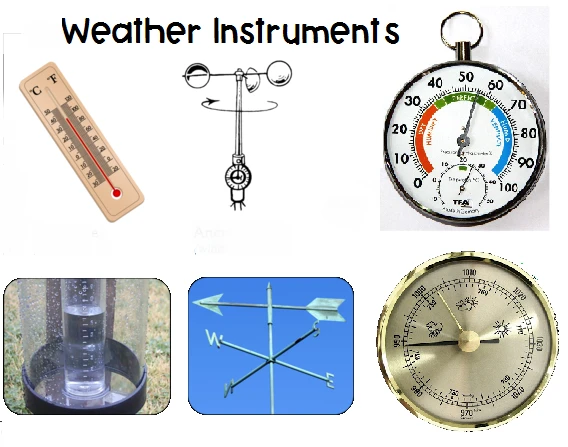Weather Instruments: Essential Tools for Accurate Forecasting
April 9, 2025 | News | No Comments

# Weather Instruments: Essential Tools for Accurate Forecasting
## Introduction to Weather Instruments
Weather instruments play a crucial role in meteorology by providing accurate data about atmospheric conditions. These tools help scientists, forecasters, and even amateur weather enthusiasts understand and predict weather patterns with greater precision.
## The Most Common Weather Instruments
### 1. Thermometer
The thermometer is perhaps the most recognizable weather instrument. It measures air temperature, which is fundamental for weather forecasting and climate studies. Modern thermometers use various technologies, including mercury, alcohol, and digital sensors.
### 2. Barometer
Barometers measure atmospheric pressure, which is essential for predicting short-term weather changes. A falling barometer often indicates approaching storms, while rising pressure suggests fair weather.
### 3. Anemometer
This instrument measures wind speed and sometimes direction. Anemometers come in different designs, including cup, vane, and sonic versions, each suited for specific applications.
### 4. Hygrometer
Hygrometers measure humidity levels in the air. Understanding humidity is crucial for predicting precipitation, fog formation, and even human comfort levels.
### 5. Rain Gauge
A simple yet vital instrument, the rain gauge measures precipitation amounts over a set period. This data helps track drought conditions, flood risks, and overall water resources.
## Advanced Weather Instruments
### Weather Satellites
These sophisticated instruments orbit Earth, providing comprehensive data about cloud cover, storm systems, and even ocean temperatures on a global scale.
### Radar Systems
Weather radar detects precipitation, its intensity, and movement. Modern Doppler radar can also detect wind patterns within storms, helping predict severe weather events.
### Weather Balloons
Equipped with various sensors (called radiosondes), weather balloons provide vertical profiles of temperature, humidity, and pressure in the atmosphere.
## The Importance of Accurate Weather Instruments
Reliable weather instruments are essential for:
– Protecting lives and property through early warning systems
– Supporting agriculture and food production
– Facilitating safe air and sea travel
– Understanding climate change patterns
– Planning outdoor events and construction projects
## Maintaining Weather Instruments
To ensure accurate readings, weather instruments require:
– Regular calibration against known standards
– Proper placement away from obstructions
– Routine cleaning and maintenance
– Protection from extreme weather conditions
– Periodic upgrades to newer technologies
## The Future of Weather Instruments
Emerging technologies are revolutionizing weather instrumentation:
– Miniaturized sensors for more detailed measurements
– AI-powered data analysis for better forecasting
– Drones for atmospheric sampling
– Crowdsourced data from personal weather stations
– Improved satellite imaging capabilities
As technology advances, weather instruments will continue to provide more accurate, timely, and detailed information about our ever-changing atmosphere.
Keyword: wether instruments